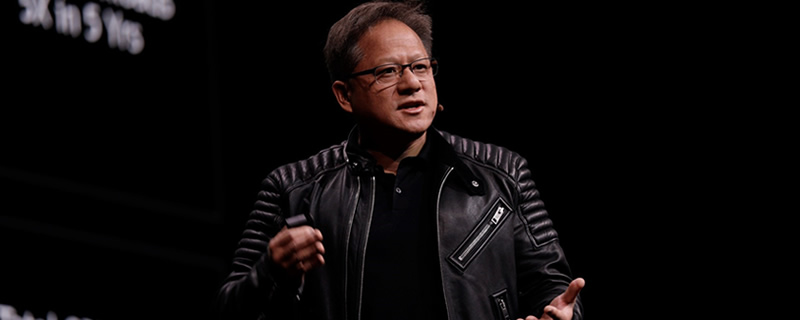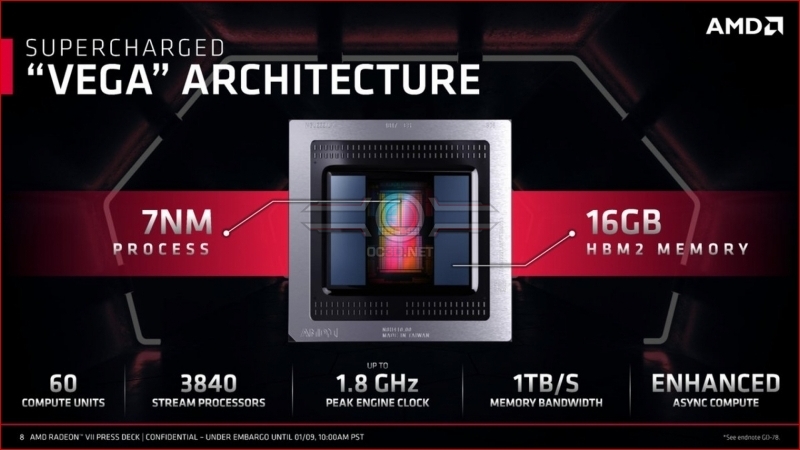Nvidia CEO Calls Radeon VII “Underwhelming” and says “The Performance is Lousy”
Nvidia CEO Calls Radeon VII “Underwhelming” and says “The Performance is Lousy”
Jensen started by saying that the Radeon VII is “underwhelming”, later stating that “the performance is lousy and there’s nothing new”, having a jab at AMD’s continued use of their Vega graphics architecture. Obviously, Jensen doesn’t know the performance of the Radeon VII, as Nvidia cannot test an unreleased Radeon graphics card to come to that conclusion. That said, AMD positions their Radeon VII beside the RTX 2080, making the Nvidia RTX 2080 Ti the clear performance champion.Â
Adding to his comments, Jensen stated that “[There’s] no ray tracing, no AI. It’s 7nm with HBM memory that barely keeps up with a 2080. And if we turn on DLSS we’ll crush it. And if we turn on ray tracing we’ll crush it.” Regarding this comment, we will note that only one game supports DLSS and only one game supports ray tracing at the time of writing, though more games will undoubtedly gain support for these features in the future.Â
In response to these criticisms, AMD’s CEO, Lisa Su, stated that “we’re very excited about Radeon VII, and I would probably suggest that he hasn’t seen it yet.”
When asked about AMD’s FreeSync technology, Jensen commented that “We never competed (with FreeSync),†and that “(FreeSync) was never proven to work. As you know, we invented the area of adaptive sync. The truth is most of the FreeSync monitors do not work. They do not even work with AMD’s graphics cards.â€Â
Much of these comments can be dismissed, as FreeSync as a technology clearly works, though he right when saying that the ecosystem has issues, at least when considering Nvidia’s viewpoint.Â
During the company’s CES keynote they confirmed their plans to support Adaptive-Sync, but out of 400 screens, the company found that only twelve of them matched up to Nvidia’s standards. These twelve monitors will have G-Sync enabled automatically on Nvidia hardware, with other adaptive sync monitors requiring end users to activate a manual override. Â
Jensen claims that “We (Nvidia) will test every single card against every single monitor against every single game (really, every single game?) and if it doesn’t work, we will say it doesn’t work. And if it does, we will let it work.”, committing to supporting the adaptive sync ecosystem while retaining the standards set by G-Sync.Â
Later, when asked about Intel’s plans to create dedicated graphics, Jensen commented that “Intel’s graphics team is basically AMD, right? I’m trying to figure out AMD’s graphics team.†This comment refers to Intel hiring several high-profile members of AMD’s Radeon Technologies Group, such as Raja Koduri.Â
Nvidia is clearly unimpressed with AMD’s Radeon VII, seeing their RTX technologies like Ray Tracing and DLSS as major advantages for their latest Turing graphics cards. AMD’s lack of a competing feature set marks their products as inferior, at least in the eyes of Jensen.Â
You can join the discussion on Jensen Huang calling AMD’s Radeon VII “Underwhelming” on the OC3D Forums. Â




